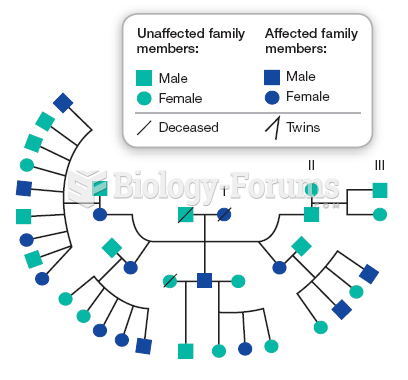Evidence supports the importance of family participation. Getting parents and other significant adults involved in school improves young peoples' attitudes toward school and contributes to their overall school success. Parental involvement in school results in clear gains in the achievement of children. Involved parents have children with more positive attitudes about school and higher aspirations for the future. Parental and family involvement results in achievement gains and improved attitudes toward education for several reasons. Parents and primary caregivers are children's first teachers and have worked with their children for five or six years before teachers become involved. Parents know their children and continue to have a powerful influence on their attitudes and learning. Nevertheless, adult support does not provide the same influence in all situations. Parental attitudes toward their children can cover a wide range of responses from helpful and supportive to domineering and intimidating, to displaying indifference, or to demonstrating open hostility. Family involvement tends to decline as children get older. For the most part, parents of elementary-age children control the environment and resources available to their children and have a great influence on children through the decisions and choices they make. Families continue to influence young people even as they begin to exercise their own independence in middle and high school, although this influence is not as obvious and direct. The changing relationship between families and their older children requires adjustments in expectations throughout the school years as students take on more responsibility for decision making. The common decline in parental involvement at middle and high school can be avoided if parents and teachers consider and plan for the changing needs of students. All students, no matter what level, want their families to understand and be more knowledgeable about school. When children are young, they are usually delighted to see parents and other family members at school. As students get older, they can take responsibility for engaging their family in school activities and communicating with them about homework and school decisions. In middle and high school, parental and family involvement may not be as explicit as it was in earlier years and may take different forms, but it is equally important. The author's claim that The common decline in parental involvement at middle and high school can be avoided. is
a. inadequately supported because it is based on generalizations.
b. adequately supported by factual evidence.
Question 2
Evidence supports the importance of family participation. Getting parents and other significant adults involved in school improves young peoples' attitudes toward school and contributes to their overall school success. Parental involvement in school results in clear gains in the achievement of children. Involved parents have children with more positive attitudes about school and higher aspirations for the future. Parental and family involvement results in achievement gains and improved attitudes toward education for several reasons. Parents and primary caregivers are children's first teachers and have worked with their children for five or six years before teachers become involved. Parents know their children and continue to have a powerful influence on their attitudes and learning. Nevertheless, adult support does not provide the same influence in all situations. Parental attitudes toward their children can cover a wide range of responses from helpful and supportive to domineering and intimidating, to displaying indifference, or to demonstrating open hostility. Family involvement tends to decline as children get older. For the most part, parents of elementary-age children control the environment and resources available to their children and have a great influence on children through the decisions and choices they make. Families continue to influence young people even as they begin to exercise their own independence in middle and high school, although this influence is not as obvious and direct. The changing relationship between families and their older children requires adjustments in expectations throughout the school years as students take on more responsibility for decision making. The common decline in parental involvement at middle and high school can be avoided if parents and teachers consider and plan for the changing needs of students. All students, no matter what level, want their families to understand and be more knowledgeable about school. When children are young, they are usually delighted to see parents and other family members at school. As students get older, they can take responsibility for engaging their family in school activities and communicating with them about homework and school decisions. In middle and high school, parental and family involvement may not be as explicit as it was in earlier years and may take different forms, but it is equally important. What is the overall organizational pattern of this passage?
a. simple listing
b. cause and effect
c. time order
d. statement and generalization







